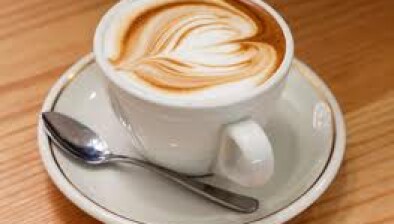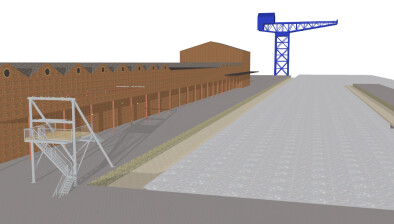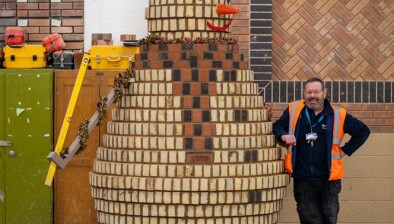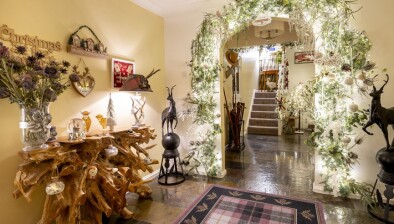And finally… plan to recycle wind turbines into gummy bears
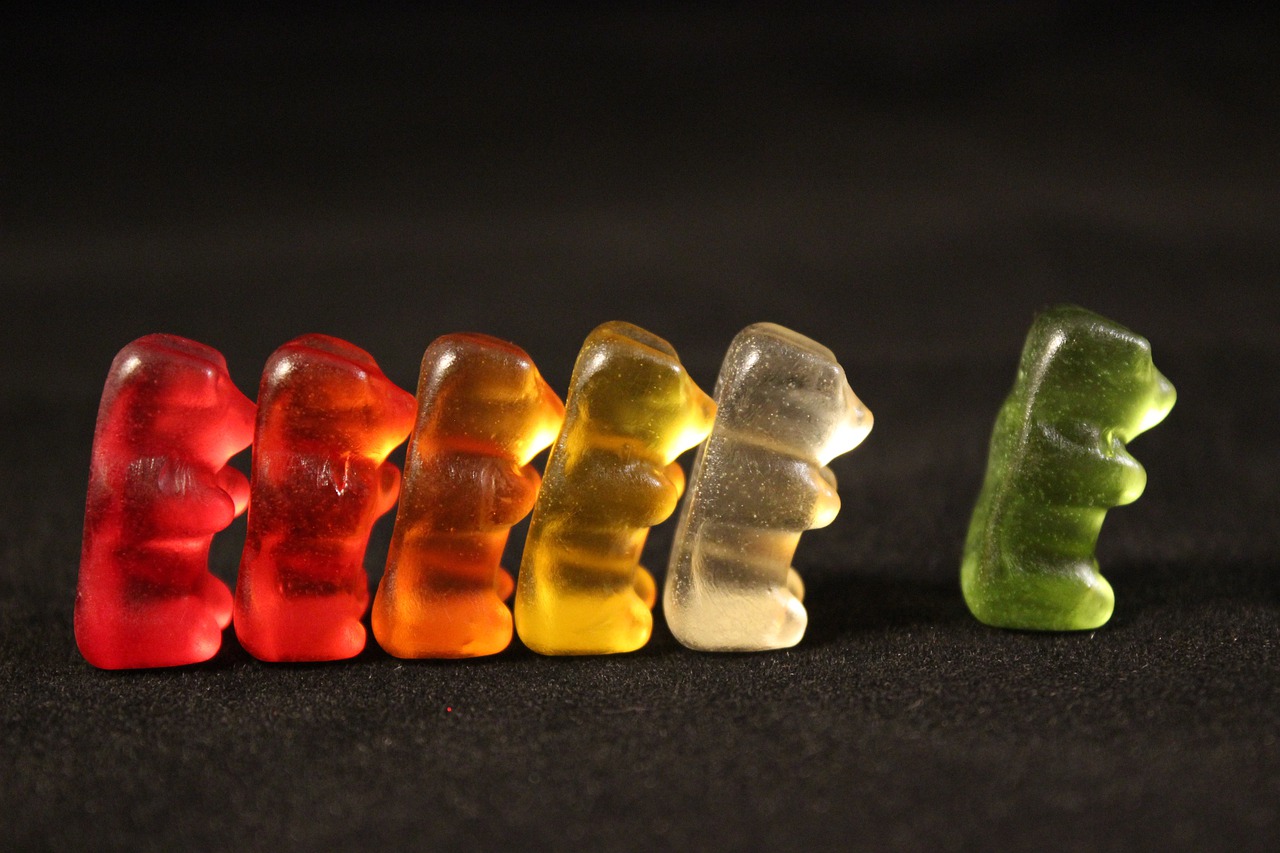
Scientists have proposed making wind turbine blades out of a new material that can be recycled into a myriad of common items, including gummy bears.
Given that the enormous turbine blades have to be replaced every so often, the worry is whether they are recyclable or can be disposed of in an environmentally-friendly manner.
Though some experts have had success, such as US startup Global Fiberglass Solutions, which used them to create 3D-printing feedstock, statistics show that most of the time, the blades are just added to piles of trash that emanate harmful gasses into the atmosphere and encroach on natural wildlife habitats.
However, scientists from Michigan State University offered their blueprints of an innovative way to address this issue. They developed a new form of wind turbine material that combines glass fibres with both plant-derived and synthetic polymers, which refer to long chains of molecules. The mixture is called a composite resin, and its hype lies in the fact that it can be recycled a lot more easily than pure fibreglass can.
And the best part is it can also be turned into delicious gummy bears.
“The beauty of our resin system is that at the end of its use cycle, we can dissolve it, and that releases it from whatever matrix it’s in so that it can be used over and over again in an infinite loop,” John Dorgan, a chemical engineer from MSU, said. “That’s the goal of the circular economy.”
The team’s novel resin can be separated into its constituent parts when its job as a wind turbine structure is complete. Crucially, this means the hard-to-handle glass fibre parts can be removed. Then, the resulting goop can be recast into new wind turbines, as well as a wide variety of other materials. It merely depends on which of the mixture’s constituents you decide to pull out and manipulate.
When the researchers digested the resin in an alkaline solution, for instance, they received an acrylic substance that can be used in making windows and car tail lights. Raise the temperature during digestion and that yields a super-absorbent polymer instead, one often called on when making nappies.
This resin can also reincarnate as household countertops when melded with various minerals. “We’ve recently made a bathroom sink with the cultured stone, so we know it works,” Dorgan said. And the dissolved material can be combined with plastics too, which gives rise to more luxe items, like laptop covers and power tools.
“We recovered food-grade potassium lactate and used it to make gummy bear candies, which I ate,” Dorgan said. The chemical can also be made into sports drinks akin to Lucozade.
So far, the team has manufactured only a prototype of its invention. And to get from prototype to final product, Dorgan explained, there’s a bit of a limitation: “There’s not enough of the bioplastic that we’re using to satisfy this market, so there needs to be considerable production volume brought online if we’re going to actually start making wind turbines out of these materials.”











